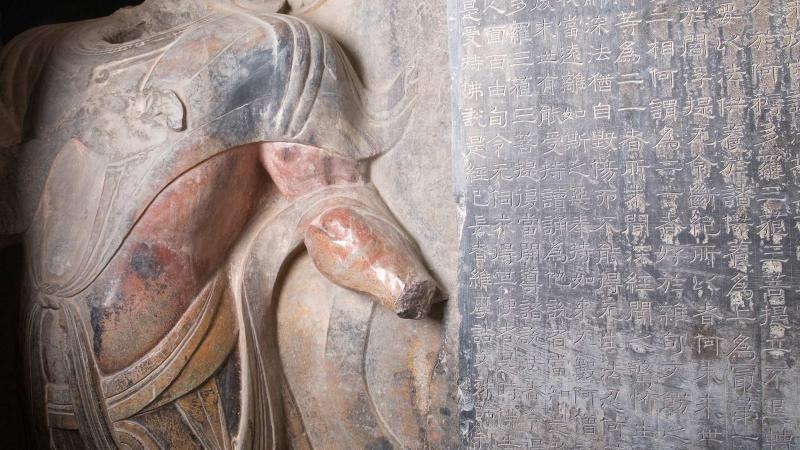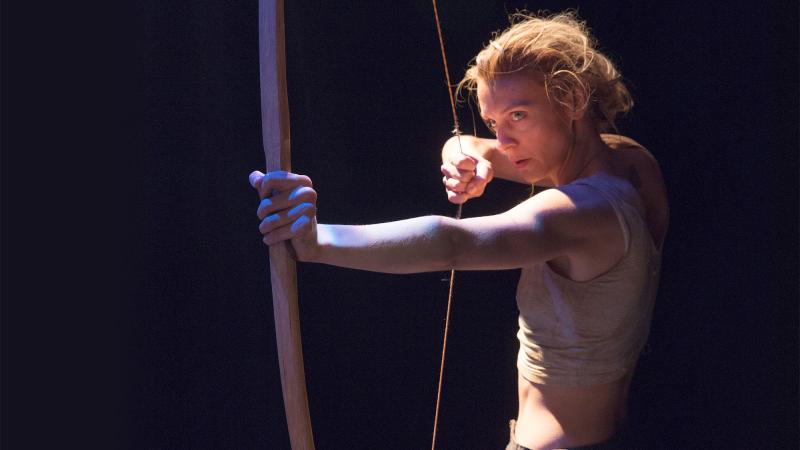Archaeologist George Bass took a huge gamble when he resigned from his tenured professorship at the University of Pennsylvania and founded the Institute of Nautical Archaeology (INA) in 1972. Underwater archaeology had been mocked by archaeologists, who said scientific excavations could not be carried out underwater, and divers, who said professional archaeologists could never learn to dive safely to depths lower than 50 meters. Bass proved them wrong, beginning expeditions in the eastern Mediterranean before finding a permanent home at Texas A&M University in 1976.
In the decades since, INA has excavated a 1st-century BCE shipwreck off Sri Lanka, War of 1812 shipwrecks in the Great Lakes, and a 7th-century BCE Phoenician shipwreck off Cartagena, Spain. Humans have been navigating the seas for millennia, and resulting shipwrecks have left a wealth of evidence, often well preserved underwater.
One of the most important projects has been the Uluburun shipwreck, discovered in 1982 off the Turkish coast. The Bronze Age wreck, dated to around 1300 BCE, is the oldest seagoing shipwreck excavated; excavations began in 1984 and continued for ten years, funded with $839,800 from NEH. The ship was carrying hundreds of copper ingots, for the production of bronze, as well as a variety of luxury goods—jars containing terebinth resin for incense, glass, gold—including a scarab bearing Nefertiti’s cartouche, ebony, elephant ivory, and even ostrich eggshells. The destination is uncertain, but the ship may have been carrying royal gifts from Egypt, chronicled in the Amarna letters, bound for a Mycenaean Greek kingdom. Those items, along with cooking wares, weapons, and other equipment found on the wreck, trace from almost a dozen cultures and sites in the Middle East, Europe, and North Africa. According to Deborah Carlson, current president of INA, the project was instrumental in the development of both underwater excavation methodology and diving protocols still considered best practices 30 years later.
Many other groups carry out underwater excavations, but according to Carlson, INA’s philosophy of excavating a shipwreck to completion is increasingly unusual—in many cases made possible because of NEH support. Bass agrees: “In the half-century from the first archaeological excavation of an ancient Mediterranean shipwreck . . . I have seen the slow acceptance of shipwreck archaeology as a respected scholarly field, the founding of an institute (INA) devoted entirely to nautical archaeology, and the establishment of a graduate program in maritime archaeology at Texas A&M University . . . with two endowed publication series at Texas A&M Press. Such global growth of a brand new field owes a tremendous debt to NEH, whose grants have truly made some of our most important field projects possible.”
Today, INA has a second base and research vessel at the Bodrum Research Center in Turkey near the ancient site of Halicarnassus. It partners with the Bodrum Museum of Underwater Archaeology, which allows the public access to artifacts excavated from many Turkish shipwrecks and ensures professional conservation and opportunities for study.
Written by Rachel Poor, a writer in Washington, D.C.


